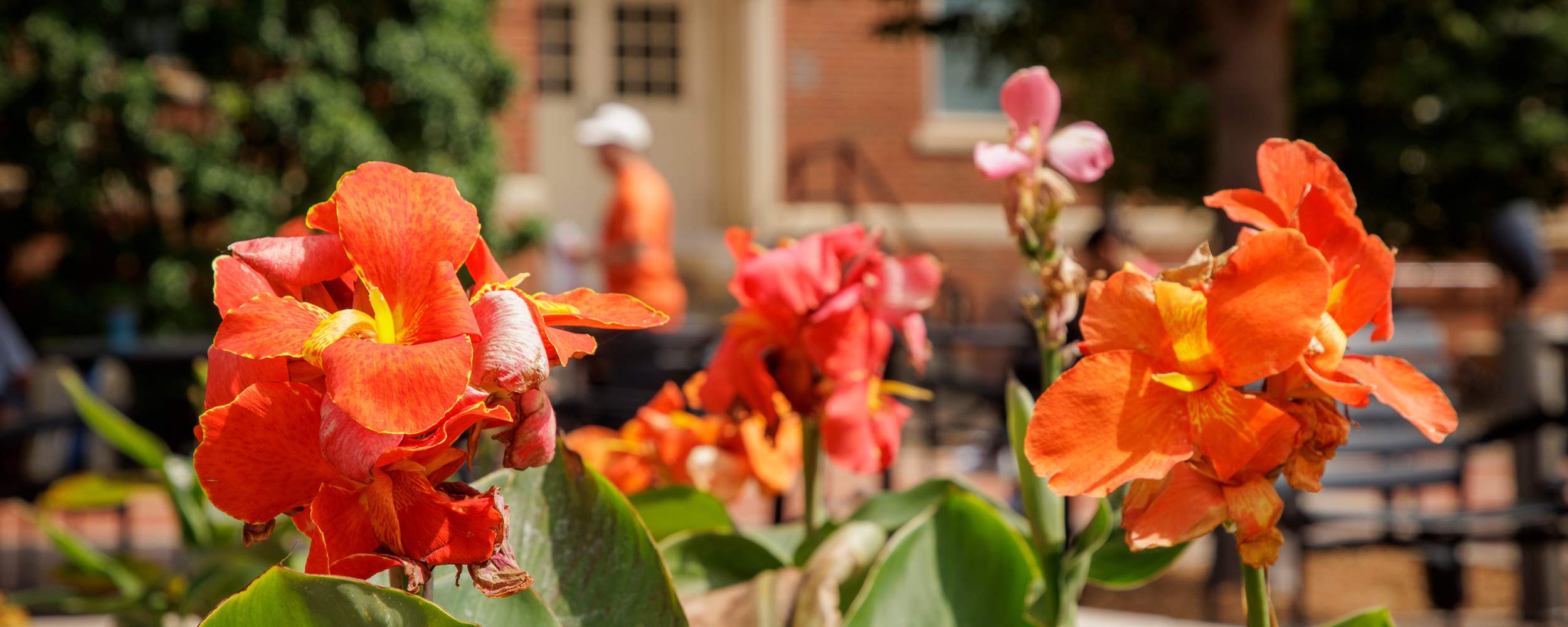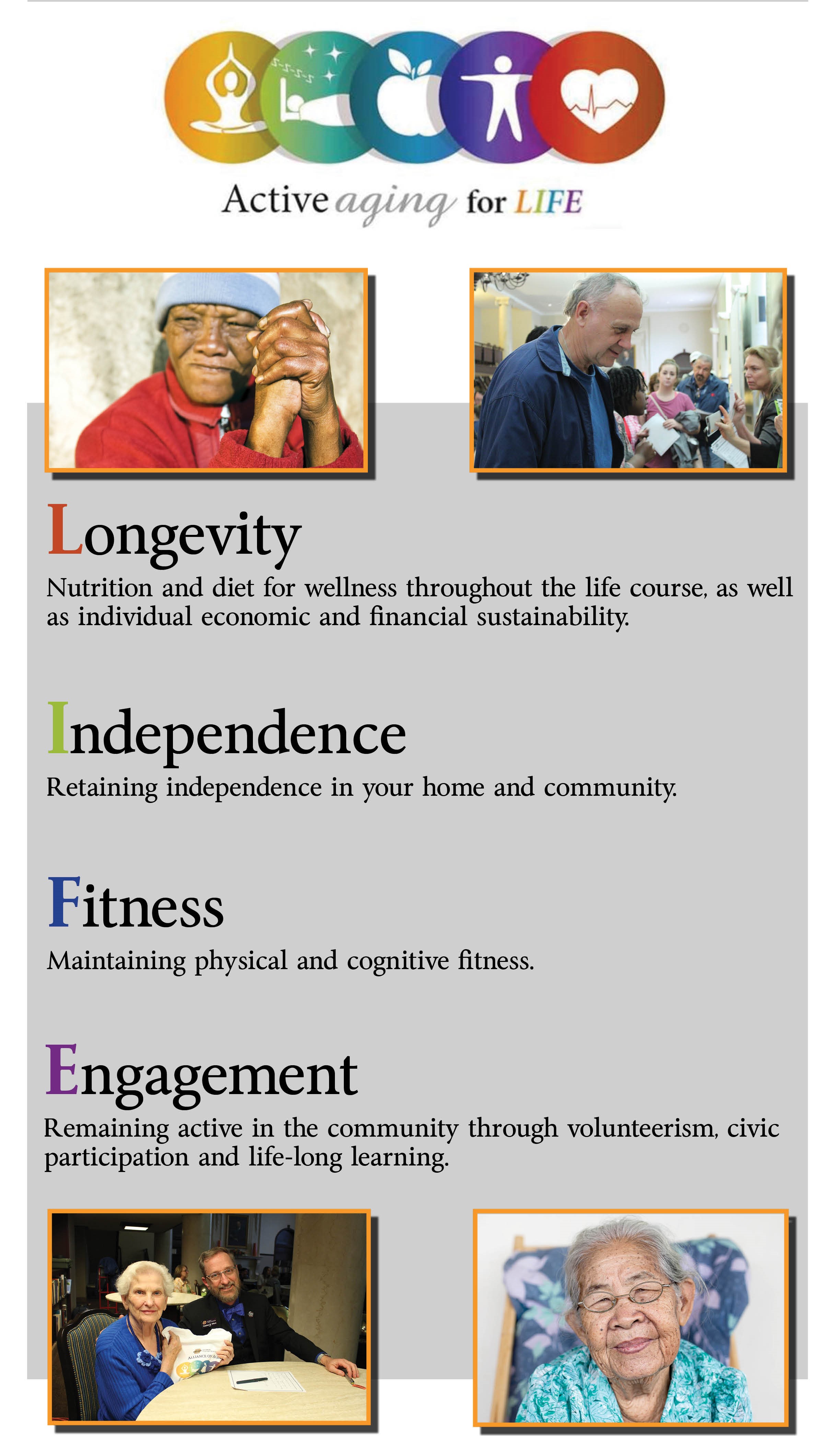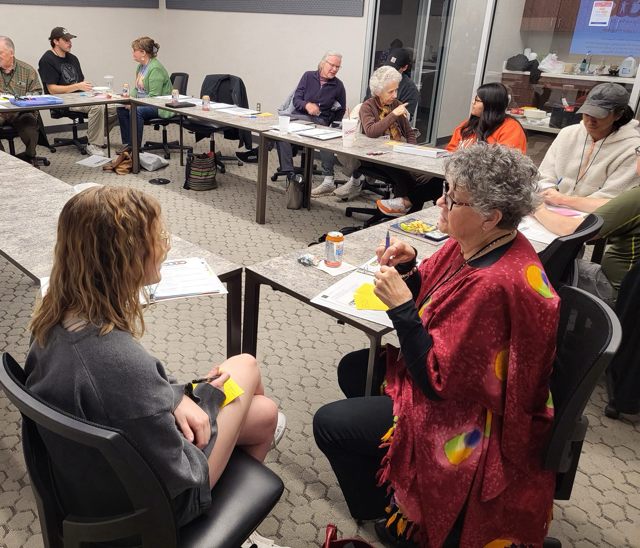
OSU professors support healthy aging in rural communities
Monday, March 25, 2024
Media Contact: Christy Lang | Marketing and Communications Manager | 405-744-9740 | christy.lang@okstate.edu
Three Oklahoma State University professors received a three-year, $242,000 grant to support healthy aging in rural Oklahoman communities.
Associate professors Emily Roberts and Greg Clare, in the Department of Design and
Merchandising, and assistant professor Xuewei Chen, in the School of Community Health
Sciences, Counseling and Counseling Psychology, received the competitive grant from
the Next50 Foundation for their development of intergenerational teams to promote health literacy through
OSU’s Active Aging for L.I.F.E. program. Roberts said the program aims to challenge stigmas against aging and bridge
generational divides in six rural communities in Oklahoma.
“There aren't too many of these kinds of programs,” Roberts said. “There are health and wellness programs for certain populations, but this brings together multiple populations at the same time.”
The World Health Organization developed the Active Aging framework, which emphasizes life-long mental and physical health, in the ‘90s. OSU incorporated principles of longevity, independence, fitness and engagement into its outreach programs in 2016.
Since then, Roberts and her fellow researchers have created trial programs with intergenerational teams to facilitate conversations about aging and life. Roberts said these trials yielded positive results, including more positive perceptions about aging and a better understanding of different generations.
The current model is built on feedback from previous trials and will allow for greater interaction between students and the intergenerational mentor teams. The teams, comprised of adults aged 60 years or older and college-aged students, receive training on principles of active aging, longevity, independence, fitness and engagement.
After completing their training, the teams can then teach high school students and facilitate discussions related to life and the aging process that are incorporated into topics already discussed in schools. Roberts said these connections are important to teach all participants that aging is a complex and active process.
“To have a high school student begin to understand the aging process is a positive thing that they have control over can really start to change health outcomes across the lifespan,” Roberts said. “We all go through the aging process, it's not just something that happens to us at age 65.
“Active aging is the things that we can do throughout our lifespan. It's not just at the end of our life, but what we can do throughout our life to have a positive aging process.”

There are currently 15 mentors, or life-leaders, who are expected to complete training and begin working with high schools by the end of the spring semester. The grant will cover transportation costs, payment of mentors and other day-to-day expenses of the program. While the program is expected to reach six high schools over three years, Roberts said the framework is flexible enough to allow any group to learn about and discuss healthy aging with populations that don’t often meet.
“The nice thing about the program is if it goes out to two different entities that want to use our framework, they can plug in the things that they think are important,” Roberts said. “There's flexibility in an easy-to-understand framework. It’s not just for one population. It could go out to a book club.”
After eight years of development, Roberts said the program will evolve as they receive feedback and expand their reach to other communities. However, the goals of creating positive dialogs about aging and fostering intergenerational connections will remain unchanged.
“One of the participants that we had previously said something like, ‘We're all in the same boat, we're just at different ends of it,’” Roberts said. “I think that really describes the purpose of this project. We're trying to align the conversation so that it fits for everybody. It's a project about us as a population.”
Story By: Jessica Pearce | jessica.c.pearce@okstate.edu
